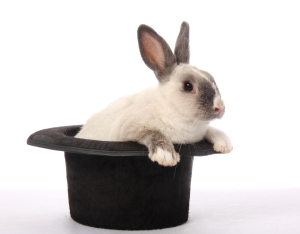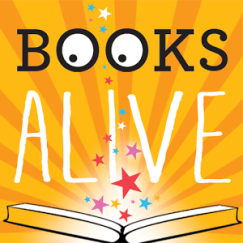 Yay! I did it!
Yay! I did it!
I promised myself this year that I would read as many new picture books as I could. I got my recommendations from friends and from my library, thank you Public Library of Cincinnati and Hamilton County! Every week I would look at my library’s website and find the new releases and put them on hold for me to read. Today is the last day of 2015 and I have reviewed 360 picture books on my BOOKS ALIVE page! I actually read many more, but these are the one that made the cut for my page.
I quickly realized there were going to be more books than I could possibly read in one year, so I set a few parameters for myself.
First of all, I read almost exclusively fiction because this is what I write. Although I couldn’t pass up a few non-fictions recommended by friends, these are very few of the total number of books read.
Secondly, I only reviewed the ones I could honestly give 3, 4, or 5 stars to. If I didn’t want to reread a story or buy it for my grandchildren, I didn’t review it.
Thirdly, I steered away from commercial characters. Even though I love Winnie-the-Pooh, Curious George, and the Disney franchise, I had to limit my reading and this was one way to do it. I love a good series as much as the next person, but I was really looking for what I could learn from the stand alone picture book to inform my own writing.
Lastly, I stuck to traditionally published books because this is the route I would like to take myself and part of my quest included learning about what sells. So basically, if I couldn’t get my hands on it in my library system I didn’t read it. Although, I have put in purchase requests online for books that were getting a lot of media attention and which were not in my public library.
In total I reviewed… 360 picture books in Books Alive! This does not include the books I read and did not review. It also does not include the books I read that were not published in 2015. Sometimes I would find an author I liked and went back and read more of their work.
Top 10 Things I Learned About Writing Kid Lit from BOOKS ALIVE!
1. There are no hard and fast rules! Yes, publishers are buying and selling rhyming text… good rhyming text. Yes, publishers are buying and selling ‘quiet’ books.
- Diversity matters! Even though the We Need Diverse Books movement started last year, I found that there was more diversity in children’s books than I first realized. These books were written and acquired several years before they were published and therefore were in the works before the movement started. I think this issue has been n the forefront of publishers’ minds for longer than we realized. These titles include gender diversity, racial diversity, cultural diversity and diversity in the authors and illustrators who produce these books. And, yes we still have a long way to go… so let’s get busy!
-
Animal characters still make up the core of picture books. I think children relate well to animal characters and as adults, authors are more apt to tell a ‘difficult’ story one step away from a child protagonist. Also, in going back to the diversity issue, any child can identify with an animal since there is no obvious human trait of gender, race, or culture that makes them different from the reader. Readers can then see themselves as friendly, helpful, brave, adventurous, frightened, etc instead of different from the kid in the book based on physical appearances.
-
Opinions are like noses, everyone has one. And not everyone can see past their own. Just because someone else did not like a particular book, does not mean that you will dislike it as well. Some of my favorite books are the ones that were overlooked by the media. Conversely, not all the hype about a book coincides with your own opinion. As a matter of fact, I try to generally be positive in my reviews of a book and stay away from those I don’t care for. There are some books out there that you may hate, but remember someone liked it enough to publish it. And you may read a book I have reviewed and think I was crazy to give it 5 stars… again that’s just my opinion. In the same way, agents, editors, and publishers have opinions. There are things they like and things they don’t care for. Just because your work gets a pass from one of these people, does not mean that your work is no good… it’s just not their cup of tea. Try someone else. Research who you submit to so that you can increase the likelihood that they will want your story.
-
Not all wordless picture books are written by the same author/illustrator. It must be difficult to get your idea across to an agent, editor, publisher, or illustrator if you want to tell a story through pictures exclusively or almost exclusively and you are not the artist. But I have seen it successfully accomplished time and time again. So take your vision and go with it!
-
There were no books (that I found) beginning with the letter X. That may or may not mean something to a writer out there, but I just thought it was interesting. I might consciously try to write something with an X as the first letter… Xavier’s Puppy? X-Ray Vision? X Marks the Spot? Hey, I kinda like that one… dibs on X Marks the Spot!
-
Speaking of titles. I can’t tell you how many books I read with the same or almost the exact same title as another picture book. After reading, I would go to Goodreads to record my books read (Which by the way, if you don’t add the date finished, Goodreads will not count it as a book read this year! Guess when I found this out? Last week, when people started posting how many books they read this year and went to look up mine and I had two, TWO. Aiye!). Anyway… while searching for the book by title I would often find more than one with a similar title. Usually this occurred within a few years of each other. But sometimes within the same year, but with different publishing houses. So just because there is already a book out there like yours don’t give up, it might be exactly what someone else is looking for.
-
Along the same lines, there are hundreds of books with similar themes… friendship, loneliness, fears, lost items, first day of school, bullies, etc. But those that are getting published are new, different, exciting! So what if there are a lot of monster books? Make sure yours is unique… a monster story that only you can tell! Sometimes I’d pick up ‘another bear book’ with dread, and then WOWZERS the author would knock my socks off with the clever jokes, the deep meaning, or the lovely illustrations. And I’d have to remember, THIS is what the publishers want!
-
Whenever I reviewed a story, I did my best to connect in some way with the author and/or illustrator. I liked their page on Facebook, I sent a friend request, connected on Twitter, looked up their blog. This personal connection gives you another layer of rapport. I found that kid lit people are extremely friendly! They enjoy hearing from fans, they appreciate good reviews of their work on Goodreads, Amazon, and blogs. Many become instant friends, others merely acquaintances. Each connection is another chance to learn from someone who has already made it in the business. Take advantage of personal relationships, these people are your allies in the writing field!
-
And speaking of making connections… meet as many pros as you can. I love nothing more than to find a great new book and have it signed by the author. Some of the books I reviewed here are a direct result of meeting the author and or illustrator at a workshop or signing event. SCBWI events, Books by the Banks in Cincinnati, and writing workshops are great places to meet the pros. Nothing beats personal connections. I have found them to be wonderful people. They are open, honest, kind, generous, and insightful! This includes the booksellers, librarians, and teachers in your area. Luckily for me, I do know a lot of teachers. For awhile I knew more teachers than an other profession. Now that I’m retired, we still get together for lunch or coffee. It’s important as a writer to remember your audience, parents, teachers, and kids are top on the list! When you check out as many books as I have in the last two years, the librarians get to know you. When you attend book signings, booksellers begin to recognize you. These people can steer you in the right direction when you’re looking for something specific and will be important contacts to have when you are published and ready to go out in public for the first time.
Bonus… give them something, make their life easier, make them remember you. The most important things I did for my readers had nothing to do with my writing journey. The notes I took for myself, were not recorded on my blog, those I keep in my journals. What I did for the readers was simply to give the a quick overview of the story, yes spoilers and all, so they could first see if this was one that met their needs. And then I gave them a few ideas they could use with their children to extend their reading. So whether a parent, grandparent, teacher, or daycare worker, needed a book and an activity to go with it, I tried to give them something they could use. Pinterest became my best friend this year! It takes time to find arts and crafts or easy recipes that are age appropriate without duplicating them too often. But I hope these little things make someone else’s life easier. Many times parents and teachers are too frazzled at the end of the day to think of one more thing. I hope they will come back to my blog once in a while and type in a key word to search for a just-right book and activity for the next day.
Now, off to rest for one whole day before 2016 begins with all its new resolutions! See you on the other side!
Tags: activities, agents, Amazon, authors, bookstore, characters, diversity, editors, Facebook, goodreads, illustrators, library, opinions, parents, picture books, publishers, reading, teachers, themes, Twitter, writing



























 written and illustrated by Susie Lee Jin (Simon & Schuster, 2016)
written and illustrated by Susie Lee Jin (Simon & Schuster, 2016)
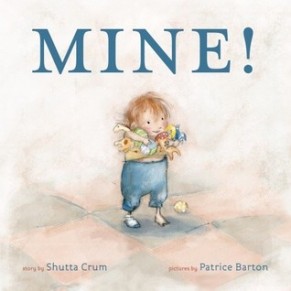


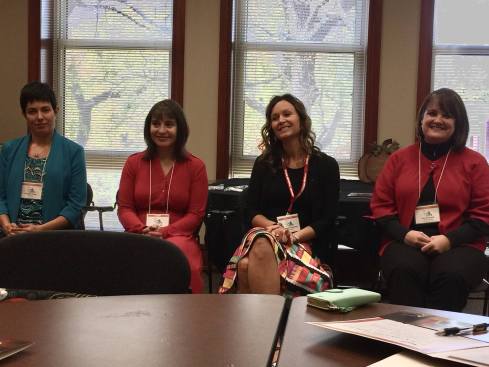


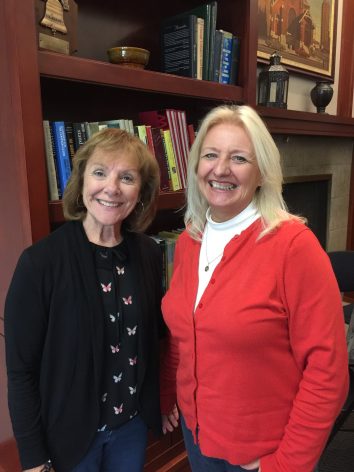
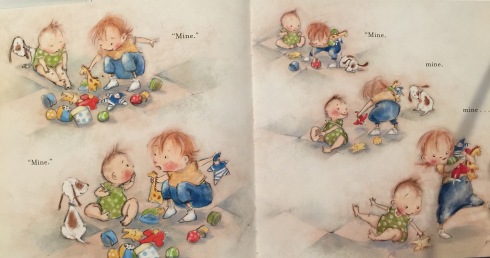
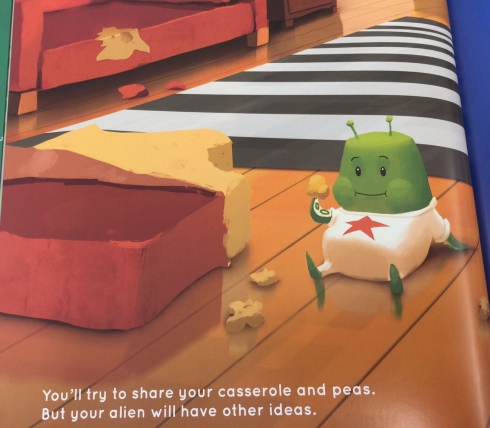


 Yay! I did it!
Yay! I did it!
